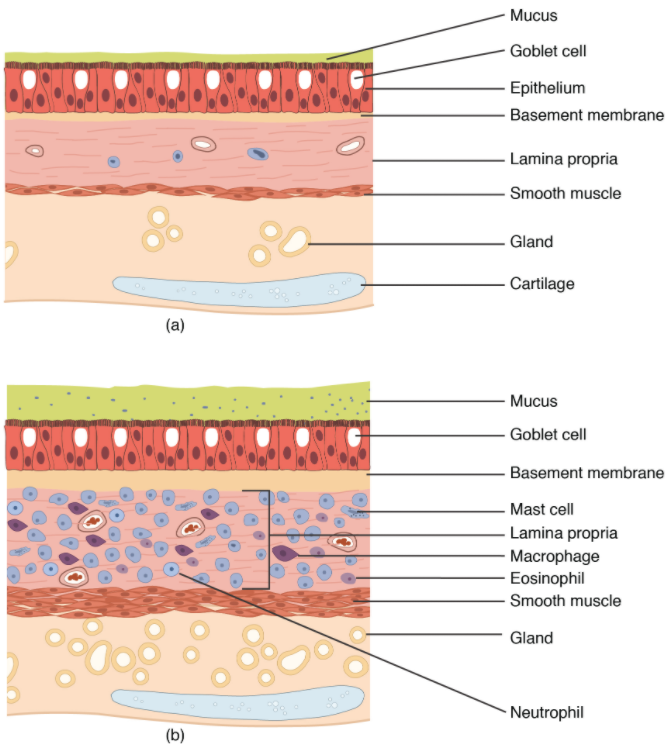

BMAL1 is regulated by rhythmic interaction with REV-ERBα. Outputs from the molecular clock are generated through transcription or repression of target genes. The expression of positive factors, CLOCK and BMAL1, and negative factors, PER and CRY, are in antiphase to one another, providing circadian timing at the molecular level. Enzymatic degradation of PERIOD and CRYPTOCHROME proteins provides a delay mechanism prior to the onset of the next transcriptional cycle. As protein levels increase, PER and CRY associate and translocate into the nucleus, repressing CLOCK/BMAL1, thereby inhibiting their own transcription. Interlocking repressing and activating transcriptional and translational feedback loops culminate in the approximately 24-h rhythmic expression and activity of a set of core clock genes in each organ.ĬLOCK and BMAL1 increase transcription of period (PER1/2) and cryptochrome (CRY1/2) genes. 1.īoth central and peripheral clocks use the same molecular machinery to “time” the day. Light is the key entrainment factor for the SCN and feeding-regulated metabolic cues are pivotal for the regulation of many peripheral clocks Fig. The central pacemaker integrates light and dark information and relays the information downstream by a network involving neural pathways, hormone release (glucocorticoids), and metabolic cues from rhythmic feeding behavior. Each of these ‘peripheral’ clocks can track light and dark through messages received from the ‘central clock’ or pacemaker in the suprachiasmatic nucleus of the brain. How are Circadian Rhythms Regulated?Ĭircadian rhythmicity at a cellular level consists of the molecular clock, made up of a group of clock proteins that oscillate in a transcriptional–translational feedback loop. The ability to generate circadian rhythms enables us to anticipate environmental changes and optimize our survival. Circadian rhythms are autonomous, self-sustained oscillations in biologic processes entrained to environmental cues, the most important being light. Circadian rhythms (circa = about, dies = day) are patterns of behavior and physiology that follow a 24-h cycle. Our body clock allows us to generate circadian rhythms. This article is based on previously conducted studies and does not contain any studies with human participants or animals performed by any of the authors. In this review article, we will discuss recent advances in our understanding of circadian biology, and how this relates to the treatment and management of asthma and chronic obstructive pulmonary disease. Synchronizing drug treatment concentrations to rhythms in disease activity, to increase efficacy as well as to reduce adverse effects, is called chronotherapy. Several inflammatory diseases, such as asthma, display a marked time of day pattern in symptoms. The circadian clock is crucial in regulating daily physiological processes and it is now realized that the time at which our immune system is triggered (by infection, vaccination, surgery ), appears to be critical to the way we respond to these insults. Young “for their discoveries of molecular mechanisms controlling the circadian rhythm”. In 2017, the Nobel Prize in Physiology or Medicine was awarded jointly to Jeffrey C. Over the past 15 years, our understanding of the body clock and biological rhythms has increased immeasurably.

To view digital features for this article go to the Supplementary Information of the article. This article is published with a graphical abstract to facilitate understanding of the article. Future, large, randomized, placebo-controlled studies of systemic and inhaled corticosteroids in asthma and COPD are needed to inform clinical practice. However, several studies investigating systemic and inhaled corticosteroids have consistently shown that the best time of day to take these medications for treating asthma is in the afternoon or early evening and not in the morning, when these medications are often prescribed. Some of these agents are already used ‘chronotherapeutically’ in practice (often at night-time). There have been a number of studies to determine the optimal time of day at which to take medications for asthma and COPD. If time of day is important, then it follows that treatment of asthma and COPD should also be tailored to the most efficacious time of the day, a concept known as ‘chronotherapy’. Our understanding of how physiological daily rhythms are regulated by the circadian clock is increasing, and there is growing evidence that the molecular clock is important in the pathogenesis of these two airway diseases. This is also seen in chronic obstructive pulmonary disease (COPD), but to a lesser extent. Asthma exhibits a marked time of day variation in symptoms, airway physiology, and airway inflammation.


 0 kommentar(er)
0 kommentar(er)
